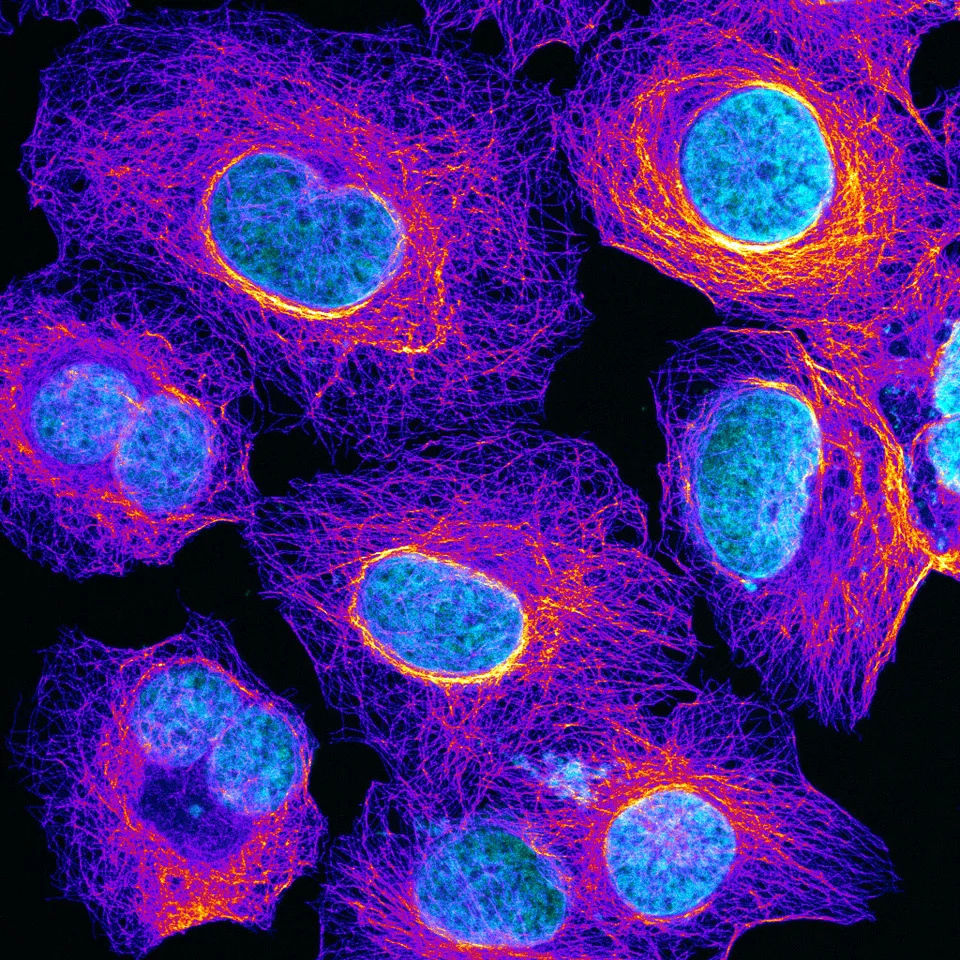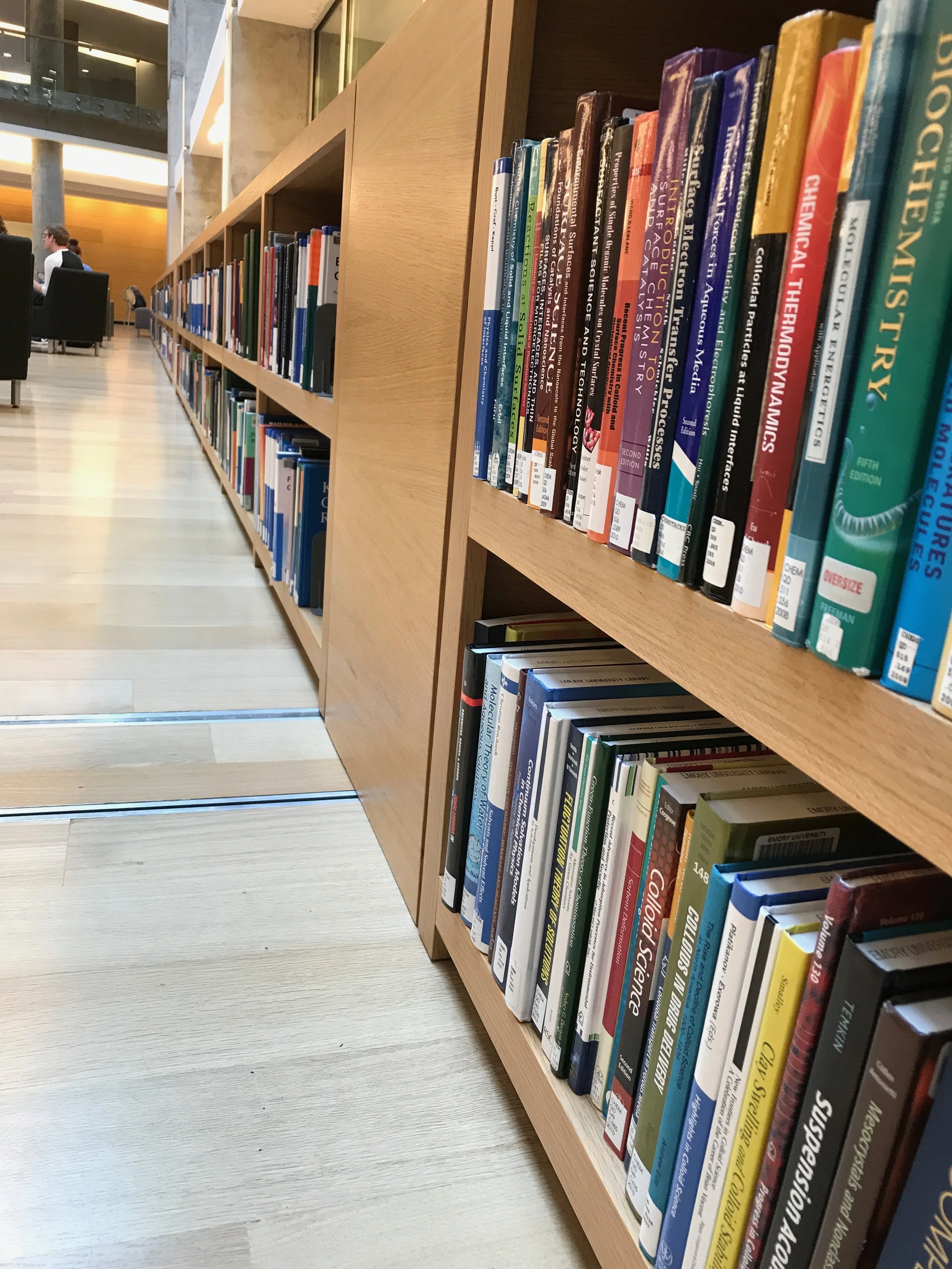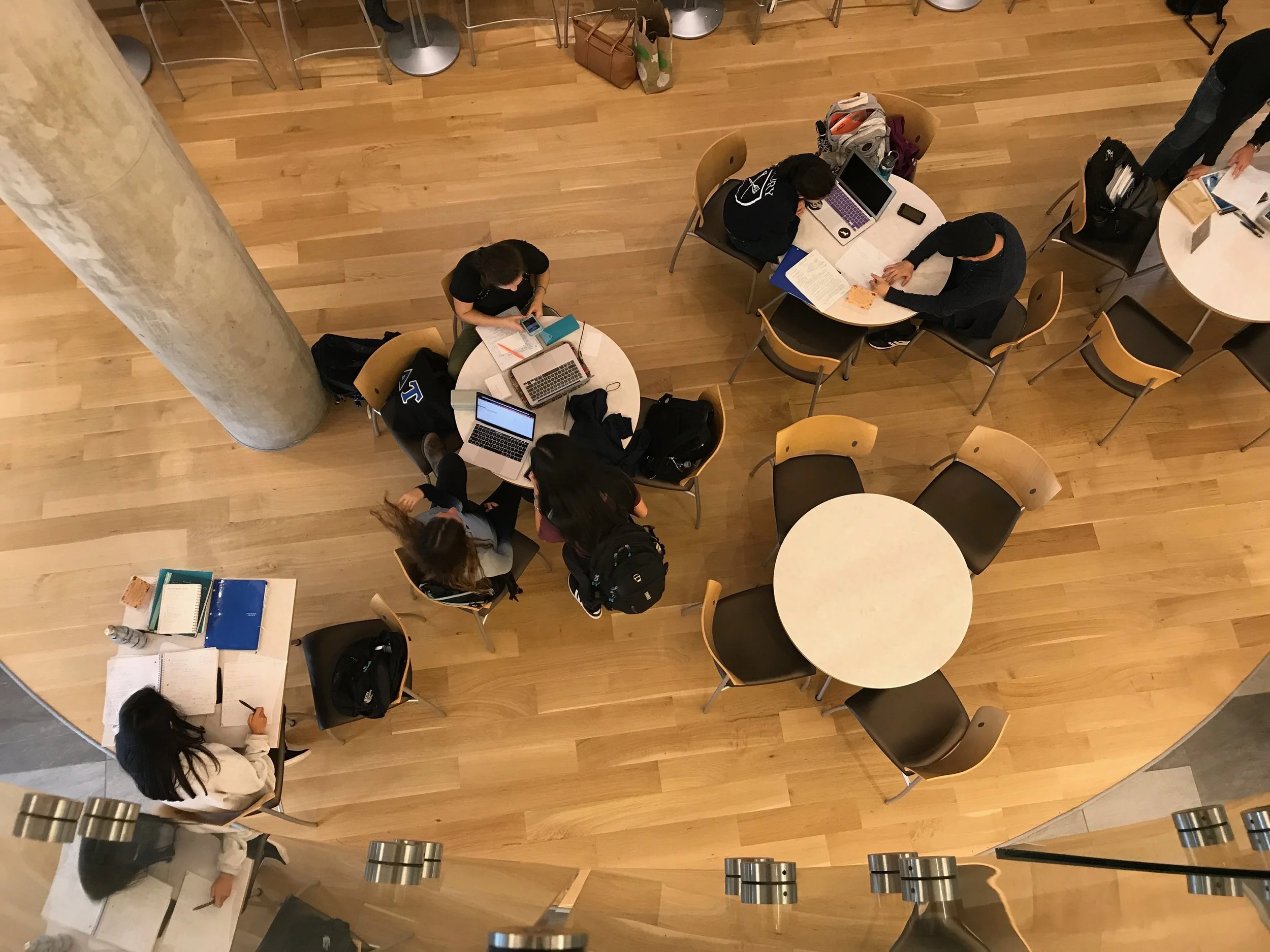By: Carmen Shaw
National and private establishments invest millions of dollars annually into science diversity programs in order to expand representation in science, technology, engineering, and math (STEM) fields – for both undergraduate and graduate schools. Nevertheless, minority groups continue to be underrepresented within these specialized fields. According to the National Center for Science and Engineering Statistics, while over 30% of African American, Hispanic/Latino, and Native American students enter college with an interest in STEM, only 16% end up obtaining a bachelor’s degree in these respective fields2.
Upon my entrance to graduate school at Emory University, a predominantly white institution, I instantly became hyperaware of my own blackness – an experience the former First Lady Michelle Obama describes in her debut memoir Becoming as “poppy seeds in rice.” Skin color, hair texture, style preference, manner of speaking – are all qualities that served as distinguishing features separating myself, the literal anomaly, from the mass of white and Asian students who constitute most of the school’s population. According to Data USA, the student population (undergraduate and graduate) at Emory University is 44.6% White, 14.3% Asian, 9.8% Black/African American, and 6.7% Hispanic/Latino3. These numbers typify the mental visualization of the specifically limited color landscape observed on Emory campus.
On the other hand, the geographic diversity at Emory University is astounding: With a total undergraduate and graduate student enrollment of ~15,000 - international students and scholars make up approximately 3,500 (from more than 100 countries), which is roughly 23% of the entire student population1. In this regard, Emory offers such a vibrant and vivacious international community, wherein students from various places of the world can congregate and learn about a country, nationality, or sphere completely distinctive from their own. From this geographic viewpoint, I could expand. From this geographic viewpoint, I could fit my singular identity within the beautiful amalgam that was our academic community. However, from a racial and ethnic viewpoint, this was not so much the case. Because despite the diversity in nationality, there was a mainly monolithic racial demographic; one in which I did not feel like my own blackness could be truly nurtured and cultivated. And in this particular regard, it can be difficult for students from underrepresented groups to create a space for themselves in an environment that is not necessarily reflective of their own personal (and in my case, racial) identity.
As a black girl entering her first year of a PhD program in Population Biology, Ecology, and Evolution (PBEE) at Emory, I’ve had to personally navigate through some of the universal challenges faced by every incoming graduate student including: attempting to find the work/life balance outside of a PhD to function at optimal level, dealing with the self-crucifying behavioral pattern of imposter syndrome, coping with the perpetual pressures and expectations to succeed in stringent academia, contending with the reality of unadulterated autonomy as a scientist and researcher, and remembering to prioritize mental and physical well-being – these are just some of the day-to-day struggles. A PhD student must constantly work to overcome these stressors all while maintaining their motivation to ‘keep on keeping on’. However, these challenges become steadily more difficult especially when conjoined with being an underrepresented individual. This then lends itself to an onslaught of other adversities like stereotype threats, unconscious bias, and microaggressions, which can have truly visceral and powerful impacts on both learning and performance in the STEM field of academia.
At the request of some students in the program, PBEE held its very first Diversity Action Session this past April to progressively shift our community to one that actively (and intentionally) promotes diversity and inclusion. This student-led session provided students with a safe space to share their personal experiences and bring up concerns relating to diversity, equity, and inclusion (DEI). Consequently, the faculty members were able to gain transparent insight into some of the hidden issues and complexities their students have been facing that would have otherwise remained unbeknownst to them. There were also opportunities for the students to provide anonymous feedback as well, if they didn’t feel comfortable openly engaging in the discussion. The overarching end goal of the action session was – through this transparent exposure to a broad range of perspectives and experiences – to foster an intellectually diverse community within PBEE. Additionally, we were able to identify specific action items that could be executed to improve the overall experience of PBEE students – both short-term action plans and the establishment of long-term diversity goals. The talking points were not specific to race or ethnicity, but in fact were extrapolated outward to include all types of personal identities. The topics open for discussion in terms of diversity and inclusion involved the following:
· Racial/ethnic minorities navigating through white spaces
· Struggles with integration for international students
· Coming from impoverished backgrounds
· Coping with mental and/or physical disabilities while in graduate school
· Difficulties faced by first generation students
· Preserving your identity as an LGBT student
· How to be an ally for students dealing with any of the above
The beauty of this session was that everyone in attendance put forth a considerable effort to transcend our histories and backgrounds, however disparate they may be, to consciously work to affirm personal identities authentically. The faculty members were open-minded enough to learn about the lives of their students in their full cultural, socioeconomic, and sociopolitical contexts. And from the information obtained in this session, we were able to start making pragmatic and formalized plans to reshape the structure of our program with diversity truly in mind.
Throughout this entire process, I learned the importance of finding a sense of community while in graduate school, especially if you are a person from an underrepresented group. As the theorist Jean Baker Miller once said, everyone wants to feel “seen, heard, and understood.” By encapsulating yourself in a support network that emphasizes the viewpoints of peers coming from both similar and varied backgrounds, you have now created a safe space wherein you won’t feel as alone or ostracized, and instead will have created a sort of breeding grounds for both inclusivity and expansion of knowledge. It will afford you the opportunity to experience authentic social, cultural, and ethnic relatability and understanding – to be an entity whom is so thoroughly invested into, while being able to thoroughly invest into the entities around you. And although having a sense of community is just one aspect of my personal and professional life as a PhD student, it ultimately serves to cultivate the core of my self-identity, which is so incredibly vital to success in academia. The numerous individuals, peers, colleagues, and friends I've made along this journey so far have become both a paramount facet of my professional success, as well as an integral part of my personal community. Therefore, I would encourage other individuals reading this article right now, particularly those who may feel like the deviation in their respective field(s), to find a community of individuals who will become a part of your safe place. It will make the journey of obtaining your goals in a STEM-related PhD program all that more enriching, rewarding, and all-embracing.
1. Emory University Facts: https://apply.emory.edu/discover/facts-stats/emory.html
2. National Science Foundation, National Center for Science and Engineering Statistics. 2019. Women, Minorities, and Persons with Disabilities in Science and Engineering: 2019. Special Report NSF 19-304. Alexandria, VA. Available at https://www.nsf.gov/statistics/wmpd.
3. U.S. Department of Education. Institute of Education Sciences, National Center for Education Statistics. 2018. IPEDS Data Feedback Report 2018: Emory University [Data file]. Retrieved from https://nces.ed.gov/ipeds/datacenter/Expt/SelectDataReport.aspx










